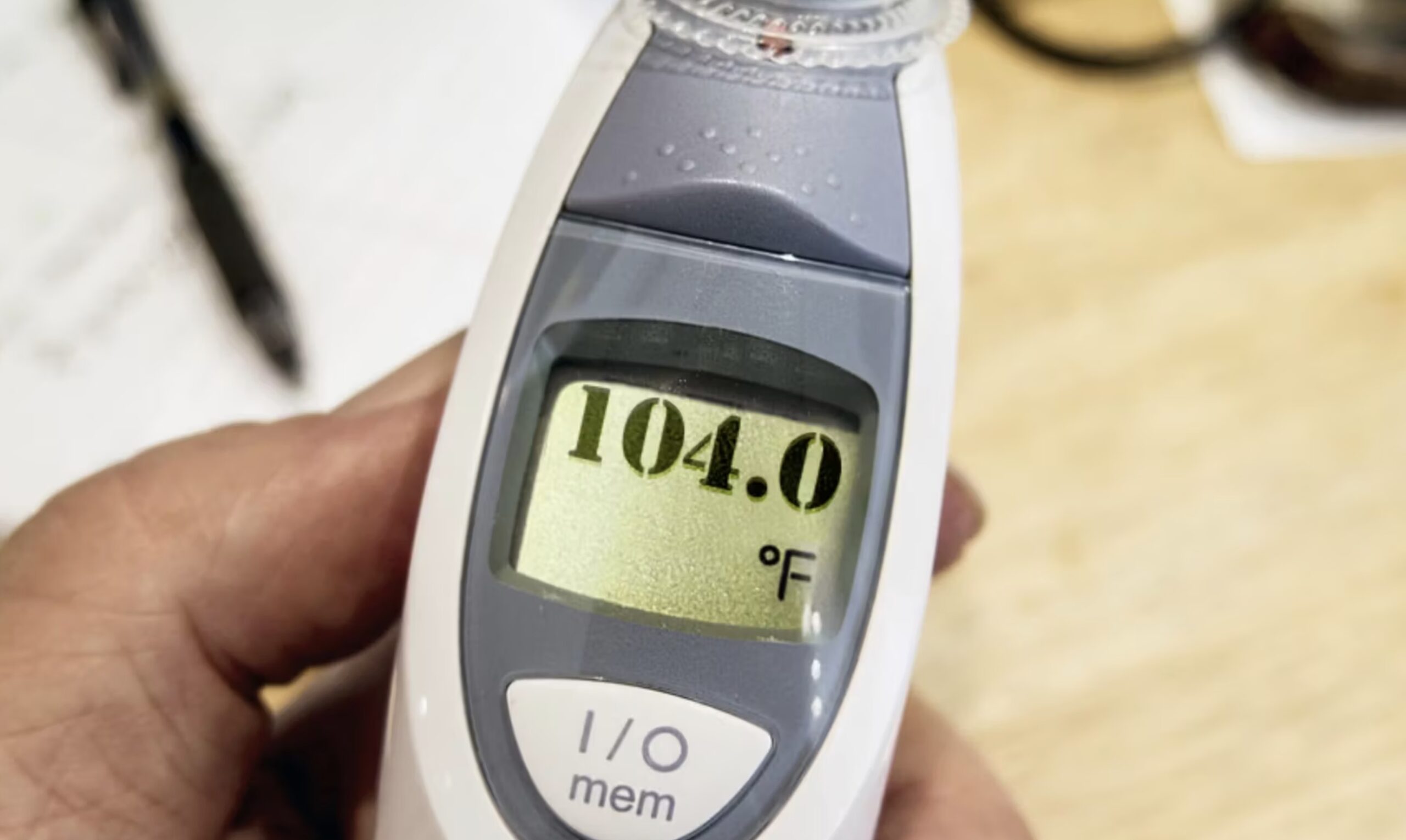Yellow Fever: Symptoms, Causes, Treatment
What are the symptoms of yellow fever?
Yellow fever is a serious viral disease transmitted by infected mosquitoes. The symptoms of yellow fever can range from mild to severe and life-threatening. Here are the common symptoms associated with yellow fever:
- Initial symptoms (acute phase):
- Sudden onset of fever (higher than 101°F or 38.3°C)
- Chills
- Headache
- Muscle aches
- Nausea and vomiting
- Loss of appetite
- Dizziness
- Remission phase:
- After a few days, the initial symptoms may subside, and the patient may experience a brief period of remission, lasting a few hours or a day.
- Toxic phase (in severe cases):
- High fever returns (higher than 104°F or 40°C)
- Jaundice (yellowing of the skin and the whites of the eyes)
- Abdominal pain and vomiting (possibly with blood)
- Bleeding from the nose, mouth, eyes, or stomach
- Kidney and liver failure
- Delirium, seizures, and coma (in severe cases)
It’s important to note that not all individuals infected with the yellow fever virus will progress to the toxic phase. The majority of cases may experience only mild symptoms or no symptoms at all.
However, in severe cases, the toxic phase can be life-threatening, and prompt medical attention is crucial. The toxic phase typically occurs after the initial remission phase and can lead to multiple organ failure, internal bleeding, and a high risk of death if left untreated.
Yellow fever symptoms usually appear within 3 to 6 days after being bitten by an infected mosquito. Early recognition and treatment are essential for better outcomes and to prevent potential complications.
If you have recently traveled to areas where yellow fever is endemic or have been exposed to the virus, and you experience any of these symptoms, it is crucial to seek immediate medical attention and inform healthcare professionals about your travel history or potential exposure.
What are the causes of yellow fever?
Yellow fever is caused by the yellow fever virus, which belongs to the Flavivirus genus. The virus is primarily transmitted through the bites of infected Aedes mosquitoes, particularly the Aedes aegypti species.
The main causes and factors that contribute to the spread of yellow fever include:
- Mosquito vectors: The Aedes aegypti mosquito is the primary vector (carrier) of the yellow fever virus. These mosquitoes breed in standing water and are most active during the day, especially around dawn and dusk.
- Sylvatic (jungle) cycle: In some parts of Africa and South America, the yellow fever virus can be transmitted between non-human primates (like monkeys) and mosquito species found in the jungle or forest areas. This is known as the sylvatic (jungle) cycle.
- Urban cycle: When the virus is introduced into areas with high human population density and a large number of Aedes aegypti mosquitoes, an urban cycle of transmission can occur, leading to outbreaks and epidemics.
- Travel and migration: The movement of infected individuals or the transportation of infected mosquitoes can introduce the virus into new areas, leading to the spread of yellow fever.
- Lack of immunity: Individuals who have not been vaccinated or previously exposed to the virus are susceptible to infection, especially in areas where yellow fever is endemic.
- Environmental factors: Factors like urbanization, deforestation, and climate change can influence the distribution and populations of mosquito vectors, potentially increasing the risk of yellow fever transmission.
- Poor sanitation and water management: Inadequate sanitation and poor water management practices can create breeding grounds for Aedes mosquitoes, increasing the risk of yellow fever transmission.
It’s important to note that the yellow fever virus is not transmitted directly from person to person but relies on the mosquito vector for transmission. Reducing mosquito populations, implementing effective vector control measures, and ensuring widespread vaccination in endemic areas are crucial strategies for preventing and controlling the spread of yellow fever.
What is the treatment for yellow fever?
There is no specific antiviral treatment for yellow fever, but supportive care and management of symptoms are essential. The treatment for yellow fever primarily focuses on relieving symptoms and preventing complications. Here are the typical treatment approaches:
- Supportive care:
- Fluid and electrolyte replacement: Intravenous (IV) fluids and electrolyte solutions may be given to prevent dehydration and maintain proper fluid and electrolyte balance.
- Pain management: Medications like acetaminophen (Tylenol) or other analgesics may be prescribed to relieve fever, headache, and muscle aches.
- Monitoring vital signs: Close monitoring of vital signs, such as blood pressure, heart rate, and respiratory rate, is crucial to detect and manage any complications.
- Treating complications:
- Blood transfusions: In cases of severe bleeding or low blood counts, blood transfusions may be necessary.
- Dialysis: If kidney failure occurs, dialysis may be required to remove waste products from the body.
- Intensive care: For severe cases with organ failure or complications like seizures or coma, intensive care support, including mechanical ventilation, may be necessary.
- Preventive measures:
- Rest: Adequate rest is essential to allow the body to recover and fight the infection.
- Mosquito control: Measures to prevent further mosquito bites, such as using insect repellents, wearing protective clothing, and eliminating mosquito breeding sites, are crucial to prevent transmission.
It’s important to note that there is no specific antiviral medication for yellow fever, and treatment is primarily supportive. However, early diagnosis and prompt supportive care can significantly improve outcomes and reduce the risk of complications.
In areas where yellow fever is endemic, vaccination is the most effective way to prevent the disease. The yellow fever vaccine provides long-lasting protection and is recommended for travelers to high-risk areas.
If you suspect you have yellow fever or have recently traveled to an area with known yellow fever transmission, see your healthcare provider immediately. Early diagnosis and appropriate supportive care can significantly improve the chances of recovery.




